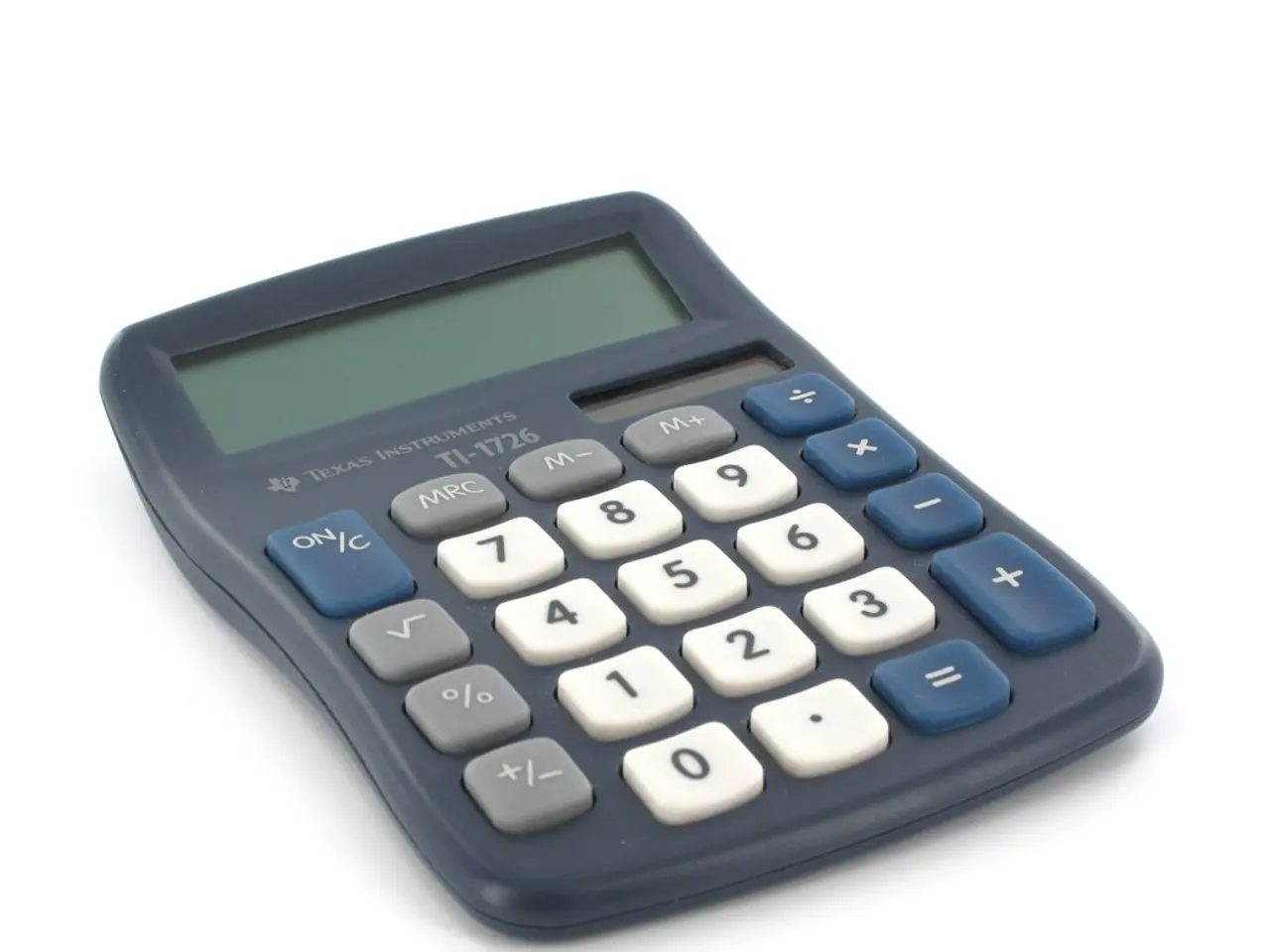Struggling with Math fear: Understanding its signs, roots, triggers, and coping strategies
Effective Strategies for Managing Math Anxiety in Children and Adults
Math anxiety, a common phenomenon affecting approximately 25% of people in the United States, is often characterised by worry or fear about solving math problems. While it is not a distinct medical condition, it can lead to avoidance of math-related careers and lower math performance.
In children, math anxiety can stem from stereotypes surrounding mathematical ability, with girls being more affected than boys. However, it is important to note that anyone can experience math anxiety.
Fortunately, there are several strategies to manage math anxiety across age groups.
Building Self-Efficacy
Increasing one's belief in their math ability is key to reducing anxiety and improving math performance. Encouragement and targeted interventions that reduce fear can create a positive cycle where confidence grows alongside skill.
Adaptive Teaching and Emotional Support
Teachers and parents should address not just the cognitive but also the emotional aspects of math learning. Incorporating mindfulness and metacognitive strategies helps learners manage anxiety by developing awareness and control over their thought processes.
Practical, Open-Ended Math Activities for Children
Encouraging children to explore math through games, puzzles, and open-ended problems fosters curiosity and reduces fear of failure. Playing with patterns, shapes, and counting in everyday settings makes math feel approachable and fun.
Positive Reinforcement and Avoiding Pressure
For children, keeping math experiences positive and concrete by praising effort rather than timed drills reduces anxiety. Parents modeling a positive attitude toward math matters greatly.
Mental Math and Brain Exercises for Adults
Adults can overcome negative math experiences by practicing gentle brain training that strengthens working memory, pattern recognition, and quick mental calculations, increasing confidence and reducing reliance on calculators.
Managing Anxiety Symptoms and Promoting Coping Skills
For children anxious about math or school, listening to concerns, problem-solving together, practicing relaxation techniques like deep breathing, and focusing on positive experiences help reduce anxiety.
It is essential to remember that math anxiety is not recognized as a separate condition in the Diagnostic and Statistical Manual of Mental Disorders, 5th edition, text revision (DSM-5-TR). People who only experience anxiety in math-related situations may not meet the criteria for any specific anxiety disorder. A doctor may look into whether a person meets the criteria for generalized anxiety disorder or social anxiety disorder.
Negative classroom experiences and negative messages about math from teachers or caregivers can contribute to math anxiety. Symptoms include worry or panic, tense muscles, increased heart rate, sweaty palms, lightheadedness, difficulty thinking, low confidence, avoidance of situations requiring math skills, and low grades in math-related subjects.
Math anxiety can lead to avoidance of math-related careers, such as those in science, technology, engineering, and mathematics fields. A 2019 review found a robust link between lower math performance and math anxiety.
It is important to note that dyscalculia, a learning disability that causes significant and persistent difficulty understanding numbers, can cause math anxiety, but it is distinct from it. Not everyone with math anxiety has dyscalculia. Treatment for math anxiety may involve a combination of therapy (such as cognitive behavioral therapy and exposure therapy) and support from teachers and family members.
Strategies such as deep breathing exercises, writing or journaling, using tutoring programs, practicing math in a quiet, low-pressure setting, and avoiding avoidance of math can also help a person manage their math anxiety. Expressive writing before a test can improve math performance, according to a 2017 paper.
In summary, fostering confidence through supportive environments, practical and enjoyable math engagement, emotional regulation techniques, and cognitive training are effective strategies to manage math anxiety across age groups.
- The cognitive and emotional aspects of math learning should be addressed by teachers and parents to reduce anxiety in students, as promoted through adaptive teaching and emotional support.
- Mental math and brain exercises can help adults overcome negative math experiences, increasing their confidence and reducing reliance on calculators.
- Negative messages about math from teachers or caregivers can contribute to math anxiety, highlighting the importance of promoting positive reinforcement and avoiding pressure in children's math experiences.
- Fostering curiosity in children through practical, open-ended math activities, such as games, puzzles, and everyday problem-solving, can help reduce their fear of failure and approach math as an enjoyable subject.




